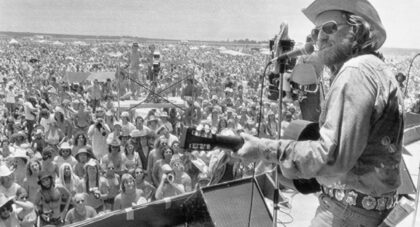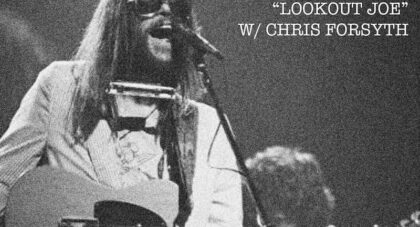Anohni has been making transcendent, unearthly music for more than two decades now. Her latest album, My Back Was a Bridge for You to Cross, is perhaps her best yet, mining a rich vein of classic soul to deliver impassioned lyrics about love, gender identity, intergenerational connection, and the climate crisis. She joins us to discuss resilience, soul, and the role of an artist in our damaged culture . . .
Only the good shit. Aquarium Drunkard is powered by its patrons. Keep the servers humming and help us continue doing it by pledging your support.
To continue reading, become a member or log in.


